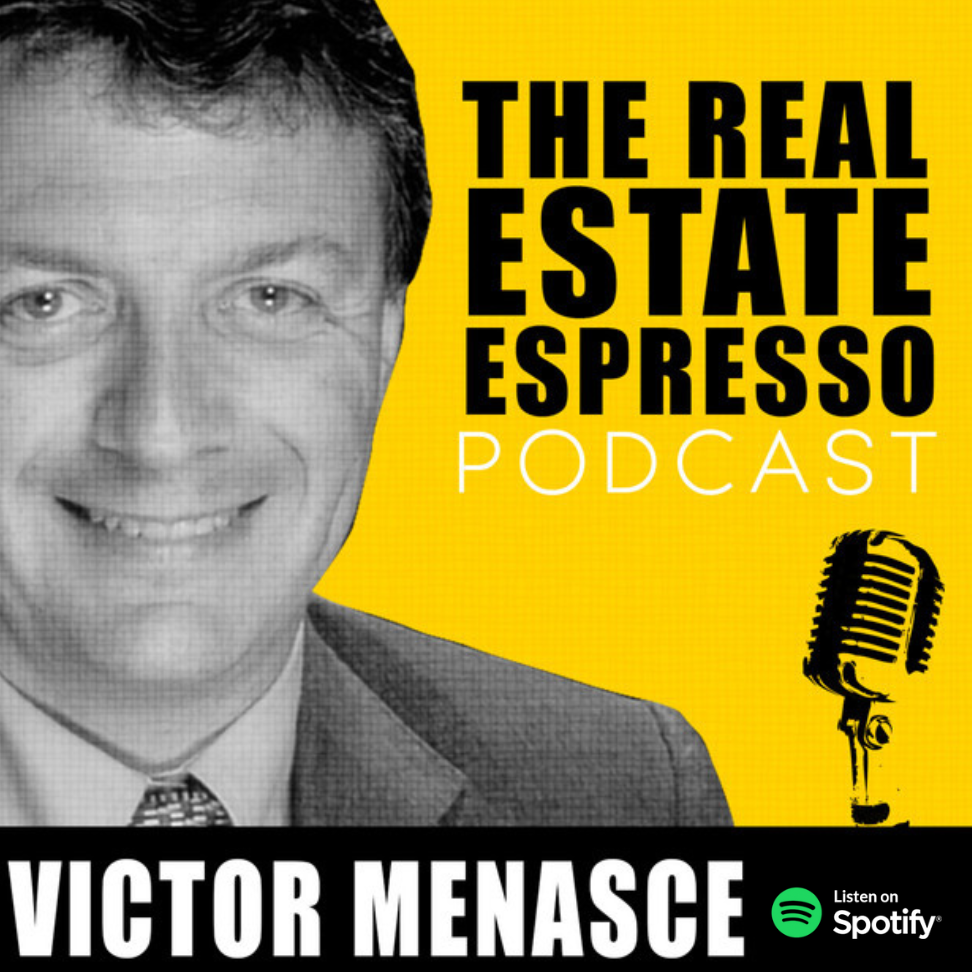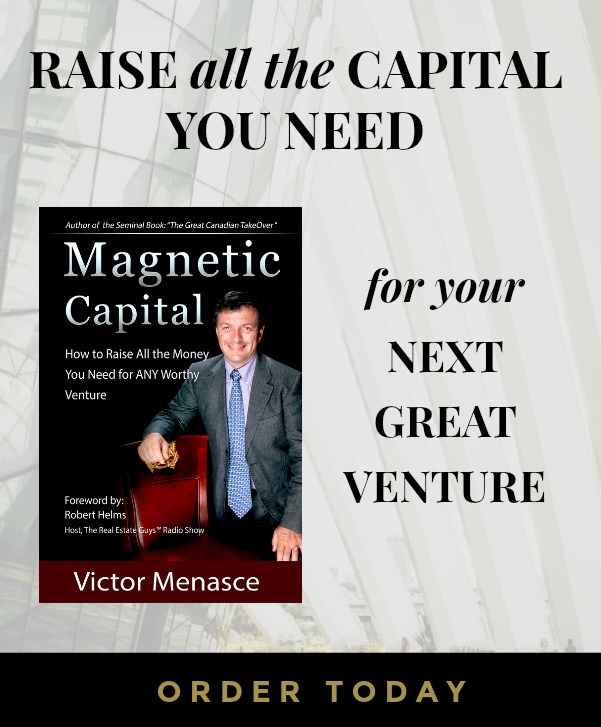Blazing A Trail Or Fast Follower
Welcome to the Real Estate Espresso Podcast, your morning shot at what’s new in the world of real estate investing. I’m your host, Victor Menasce. On today’s show, we’re taking a look at whether it makes sense to copy a proven formula or blaze a trail and deliver a new product type in a geographic area.
But first, if you’ve been wondering where to place your capital that’s going to be safe in today’s turbulent environment, you may want to consider participating in a high-quality project managed by industry experts. At Y Street Capital, we have several projects underway in our pipeline, and we have a limited number of investment opportunities. These opportunities are only available to accredited investors residing in the U.S. and they’re in compliance with U.S. SEC regulations.
If you’d like to learn more about what we have going on at Y Street Capital, then visit ystreetcapital.com and register for our investor portal. This will give you visibility of our projects and our opportunities. The link will be in the show notes.
On today’s show, we’re taking a look at whether it makes sense to copy a proven formula or blaze a trail and deliver a new product type in a geographic area. When I was in the tech industry, every new product represented an innovation of some kind. That meant, by definition, there was no history of the same product being sold the year before from which you could derive market statistics. Some products were more evolutionary than revolutionary. Clearly, Apple is taking less risk with version 16 of the iPhone than when Steve Jobs took the very first version of the iPhone to market.
The first version of iPhone defined a new category of product, whereas version 16 is clearly an evolution within a well-defined market segment. Why this is important is in segmenting risk. Risk, by definition, is what can happen in the real world that’s outside of your plan. That doesn’t mean that all setbacks in a project or product are risks per se, it depends on whether you had taken those possibilities into account in your plan.
For example, you might have a plan that calls for warranty claims on, say, 1% of your products. It’s only the warranty claims in excess of 1% that represent the risk. All business ventures have risks associated with them. You might have problems with management, maybe lacking skills to build a winning culture, or you might have problems with fiscal controls, or you might have problems executing on the delivery of your products. These are all business risks.
These are part of the normal business risks that can happen in any business, but technology companies often face market risk in addition to business risk. Market risk is when the market has not yet been developed for the proposed product. There’s been nothing like this product the year before, so you can’t point to any historic data to demonstrate demand for that product. You’re hoping that if you develop the product, customers will recognize they need it, and then all of a sudden start beating a path to your door. You’re developing the market at the same time as you’re developing the product.
When you compound market risk on top of business risk, the chances of you having a successful venture become vanishingly small. So clearly this type of market risk should be avoided if you can. I personally would not choose to go into a market that has unproven demand for the product. There are a few companies that develop new markets successfully. The most obvious example is the entire social media industry. The first company to achieve a breakthrough was Myspace, and they were quickly overtaken by Facebook and Twitter.
In those early days, there was very little certainty about demand for the product. The business model was not developed, and it was not clear how the technology would translate into a sustainable business. Now, Facebook and Meta clearly have been tremendously successful. What you haven’t heard about are the literally hundreds, maybe thousands of companies that tried to enter that business and failed.
But we’re here to talk about real estate, not technology. So, blazing a trail means introducing a new product type into a market that has not embraced that specific product type until now. It could be that quite simply nobody ever attempted that product in that specific local market or it could be that previous attempts at introducing that product type had failed for whatever reason.
While senior housing is not new, being the first senior housing facility in a market would constitute blazing a trail. The market is not developed in that location. The first storage facility, the first hotel, the first medical office building, the first grocery store are all trailblazers, even if they’re not new to the industry as a whole.
When you’re accepting investors’ money into a project, I believe it’s important to maintain a lower risk profile. That means you don’t want to be first to the market. And you definitely don’t want to be entering a market that’s reached saturation either. You want to enter a market with enough comparable data that you can forecast your income with some accuracy.
I happen to know of a very experienced apartment developer and operator who built thousands of units across multiple markets. They made the decision a few years ago to move out of a couple of primary markets in which they were highly concentrated and provide an upmarket product that was clearly differentiated. The price point for that new product in the tertiary market was hundreds of dollars above market. They had successful buildings an hour away in a primary market. In my view, these buildings in the new tertiary market are struggling to lease up. They’re offering rent concessions and quite frankly, they’re going to have a hard time getting their building leased up.
They’ll either fill up at numbers that are far below their initial projection or they’ll experience high vacancy and neither is a path to success. When we develop a new product in any market we’re looking for comparable data that is hyperlocal. I want to see rents that are being paid in the building across the street or a block away. Taking market comps from another community to justify your financial model makes no sense. As you think about that, have an awesome rest of your day. Go make some great things happen. We’ll talk to you again tomorrow.
Stay connected and discover more about my work in real estate and by visiting and following me on various platforms:
Real Estate Espresso Podcast:
- 🎧 Spotify: The Real Estate Espresso Podcast
- 🌐 Website: www.victorjm.com
- 💼 LinkedIn: Victor Menasce
- 📺 YouTube: The Real Estate Espresso Podcast
- 📘 Facebook: www.facebook.com/realestateespresso
- 📧 Email: podcast@victorjm.com
Y Street Capital:
- 🌐 Website: www.ystreetcapital.com
- 📘 Facebook: www.facebook.com/YStreetCapital
- 📸 Instagram: @ystreetcapital



